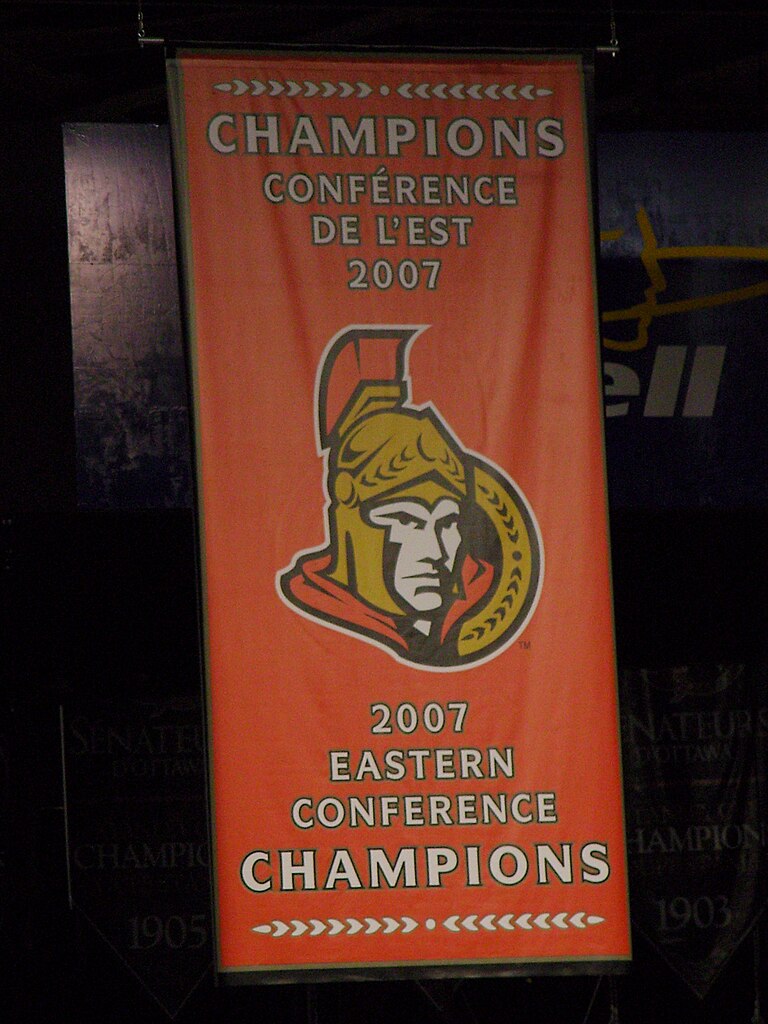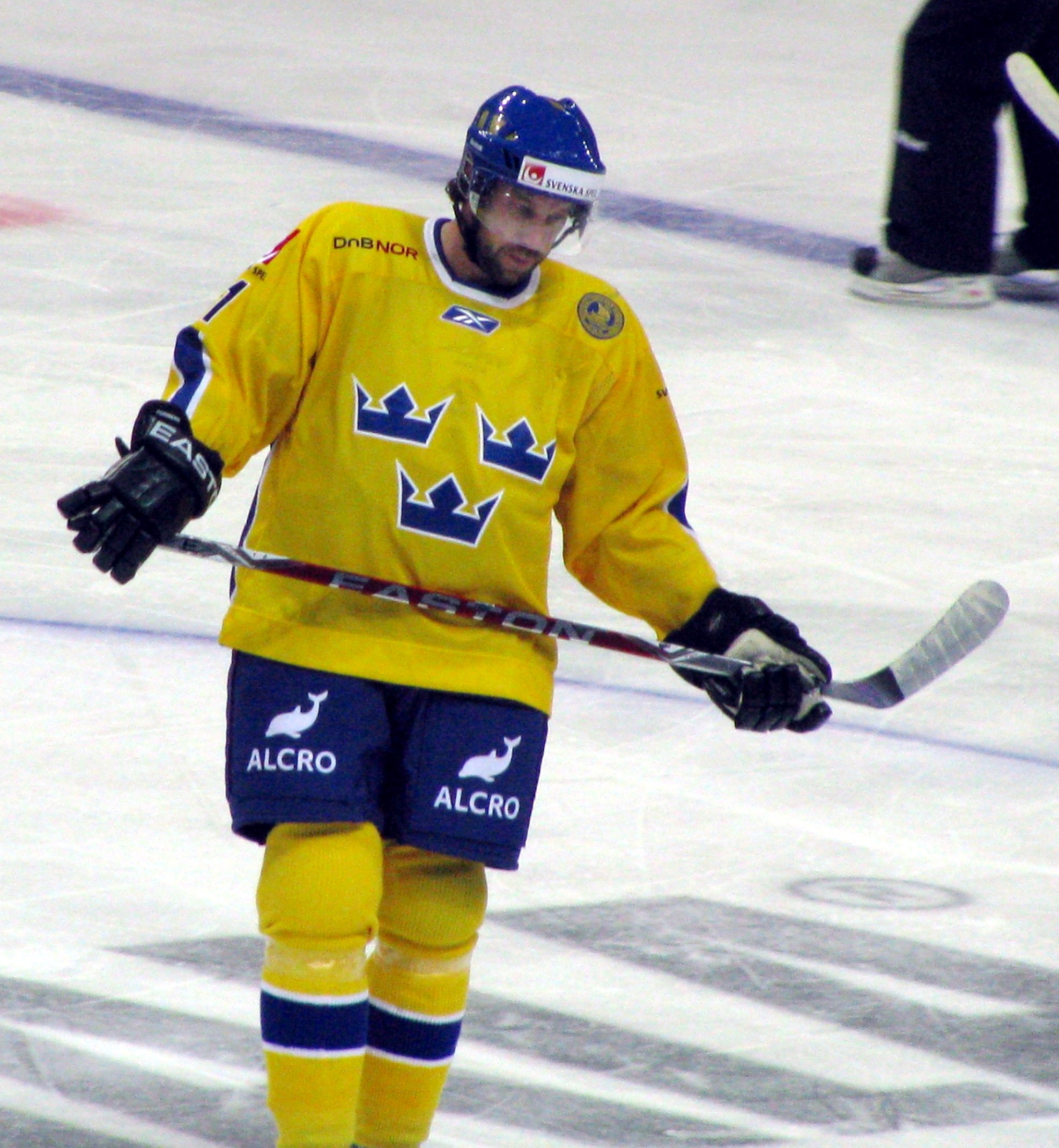There has been much chatter lately about Diamond Sports Group’s bankruptcy. Diamond is responsible for managing Bally Sports. This television network is responsible for broadcasting 12, well now 11, NHL teams across the United States. Additionally, the NHL’s salary cap went fairly flat following COVID but seems to be on the rise soon. It’s obvious that any professional sports league needs lucrative television deals, both nationally and regionally, to thrive financially. With the increase in streaming services like ESPN+ and Hulu, the NHL has jumped on that train too. But let’s take a look at how these television deals actually play a role in the NHL’s salary cap calculation.
The NHL Salary Cap
Every year, the NHL sets its salary cap. At its basic level, the cap is the upper and lower limits to what a team can pay its players. It is generally considered a hard cap so teams cannot exceed it. But it does not come without its own set of exceptions and specifics (for example long term injured reserve). Under Article 50 of the NHL’s Collective Bargaining Agreement (CBA) with the NHLPA, all revenue brought into the NHL (hockey related revenue or “HRR”) must be split 50/50 between the players and the league (or more specifically the team owners).
*If you want to read some interesting aspects of the negotiation that led to a 50/50 agreement in the last CBA, check out our article here.
There is an escrow arrangement where a specified amount of the players’ salaries go into a reserve account. The league uses that to equalize HRR between the owners and players if needed at the end of the year. This especially was lopsided during the COVID plagued season of 2019-20.
Due to the lack of games and inability for spectators, HRR significantly fell. In order for the players to receive their due paychecks, they essentially took loans from the owners. The players would repay these loans from future years’ escrow accounts. Section 50.4(d) of the CBA sets out the applicable percentage for the escrow withholding. However, until that point, NHL Commissioner Gary Bettman made it clear that the salary cap would only slightly increase each year. This is without regard to inflation or any other factors it seems. If subsequent years’ hockey related revenue exceeded projections, this could be paid in full sooner.
The NHL Salary Cap Calculation and COVID Related Modification
So, the question becomes, who has the authority to set out the limits of the NHL salary cap? The answer is a formula provided in the CBA. The 2020 Memorandum of Understanding (MOU) modifying the CBA then changed that formula.
The Original Formula
The salary cap formula in section 50.5(b) of the CBA provides that you first take the preliminary HRR from the end of the prior year (Preliminary HRR). Independent accountants calculate this amount and provide it in a report. The calculation then reduces that amount by the projected number of benefits to be paid to current and former players for the upcoming year. The “Projected Benefits” includes items such as insurance, pension plans, and related expenses, with some adjustments. The calculation then divides that amount by the number of teams in the league. This gives the Midpoint of the Payroll Range.
Once calculated, you adjust the Midpoint upward by five percent unless the NHL and NHLPA agree on a different percentage. Interestingly, there is a specific mention of a significant loss or gain in HRR (ie 20 million dollars or more) due to television that will trigger a requirement for the parties to adjust the cap based on projected alterations to HRR. The next step is to multiply this Adjusted Midpoint by 115% to get the cap’s upper limit. Then, decrease it by 15% of the Adjusted Midpoint to get the lower limit.
The calculation for the salary cap’s Lower Limit, Midpoint, and Upper Limit in a formula is as follows: (Preliminary HRR – Projected Benefits) = Midpoint, then Midpoint + (5% of Midpoint) = Adjusted Midpoint, then 115% of Adjusted Midpoint = Upper Limit, and Adjusted Midpoint – (15% of Adjusted Midpoint) = Lower Limit.
While this is the salary cap calculation, it is subject to other limits and range factors. Likewise, if the Actual HRR and Benefits in the accountants’ final report from the previous year are different than the Preliminary HRR and Projected Benefits, the parties may alter the Adjusted Midpoint.
The MOU’s Modifications
When COVID hit and it was simultaneously becoming time to extend or re-negotiate the CBA, the NHL and NHLPA entered into the MOU to both modify and extend the CBA. With respect to the NHL salary cap calculation provided above, the MOU set out the 2020-21 upper and lower limits specifically. It then provided that the upper limit would remain at $81.5 million until Preliminary HRR exceeded $3.3 billion. If Preliminary HRR reached somewhere between $3.3 and $4.8 billion, the upper limit increase would adjust pro rata to between $81.5 and $82.5 million. Then, if Preliminary HRR exceeded $4.8 billion, the upper limit would increase by $1 million per league year until the escrow balance due (mentioned above) was paid off.
The Lag Formula
After the escrow balance is paid off, there is a “Lag Formula”. The NHL and NHLPA can discuss and agree on this Lag Formula subject to certain parameters. It also did not apply until the parties set the upper limit for the 2023-24 season. The Lag Formula uses the “original formula” for the NHL salary cap calculation provided above subject to various adjustments.
One adjustment is that the calculation would use HRR from the season two years prior instead of Preliminary HRR from the year before. Also, there is no five percent increase to the Midpoint while the maximum year-over-year increase in the upper limit will be the lesser of five percent or the trailing two-year average HRR growth percentage. Not including the 2026-27 league year, the least amount of increase in the upper limit is the lesser of 2.5% or the trailing two-year average HRR growth percentage. If the league pays the players less than their fifty percent share of HRR, the parties may adjust the upper limit for the following year up to an additional five percent on top of the Lag Formula calculations above. The NHL and NHLPA must agree on this by June 15 of the prior year.
As the NHL works itself out of the COVID revenue hits and continues to try to grow, this appears to be the formula until the CBA expires or is re-negotiated. Of course, keep in mind, the NHL and NHLPA can always agree on any adjustments to these terms if both are on board.
Television Deals in Hockey Related Revenue
So, while there are other factors, HRR is arguably the biggest determinant of the salary cap range. Section 50.1(a) of the CBA provides a list of specific items (net of costs) that HRR includes. Amongst others, this includes national, international, and regional/local television broadcasts as well as streaming services. Licensing and sponsorship deals are huge providers of hockey related revenue as well. Likewise, Section 50.1(b) carves out specific items that HRR does not included. This includes sales of teams, interest income, and reimbursements from the escrow account mentioned above amongst others. Note these are non-exhaustive lists so there could be other areas for hockey related revenue.
Direct Revenue
Hockey is an exciting sport to watch in person and revenues from in-person events are crucial to the league. However, television deals are the big cash cows. Reportedly, the NHL’s newest national broadcast deals with Disney/ESPN and Turner Sports are valued at $400 million and $225 million per season. Its deal with Rogers Media in Canada is reportedly valued at $4.2 billion over a 12-year deal (roughly $350 million per season). So based on the numbers above, if the goal was to get HRR over $4.8 billion, just these three national television deals equal around twenty percent of all HRR. Then you add in what regional deals may include such as Bally Sports (which reportedly paid $600 million to broadcast 15 NBA teams), and television makes up a significant chunk of the HRR pot.
Indirect Revenue
Additionally, television deals provide more than just the amount paid to broadcast the games in terms of HRR. Sponsorship and marketing deals represent another significant chunk of HRR for the NHL. Television is like a barrel of gas for that fire to grow. The more exposure the NHL has, the more companies want to partner to get their name out there. And television is the premier place for advertisements. This is why the digital adverting on boards has become a focus of the NHL. They can provide more advertisement that is bigger (i.e. costs more) and is tailored to the viewer. So not only does television give the NHL HRR for broadcasting, but it is the gift that keeps on giving. It provides arguably even more HRR due to sponsorships and advertisements.
Television Benefits Players and Owners
The value of television is why Diamond Sports Group (the Sinclair Broadcast Group subsidiary responsible for managing Bally Sports) declaring Chapter 11 bankruptcy and seeking reductions in these deals could move the needle on the salary cap. In addition to requesting reductions to their current deals, through the bankruptcy, Diamond was able to drop contracts it deemed not lucrative. This resulted in its dropping of the Arizona Coyotes. If the broadcasting organization failed altogether, this could be a big hit to HRR. Teams would be scrambling to find new broadcasting deals. And that’s never a great place to negotiate from.
The NHL is certainly keeping its eye on Bally Sports as well as other opportunities and with good reason. As the NHL attempts to grow the game and increase exposure, the players should gain from better television deals. The name of the game is HRR. And television is a major component of that. Bettman has already provided that the salary cap upper limit could finally see more of a bump in the next year. Keep an eye out for television activity as well as the state of the escrow amount as that seems to be the first domino that needs to fall.
Post Image Attribution: Brandon Zeman, CC BY-SA 2.0 https://creativecommons.org/licenses/by-sa/2.0, via Wikimedia Commons




